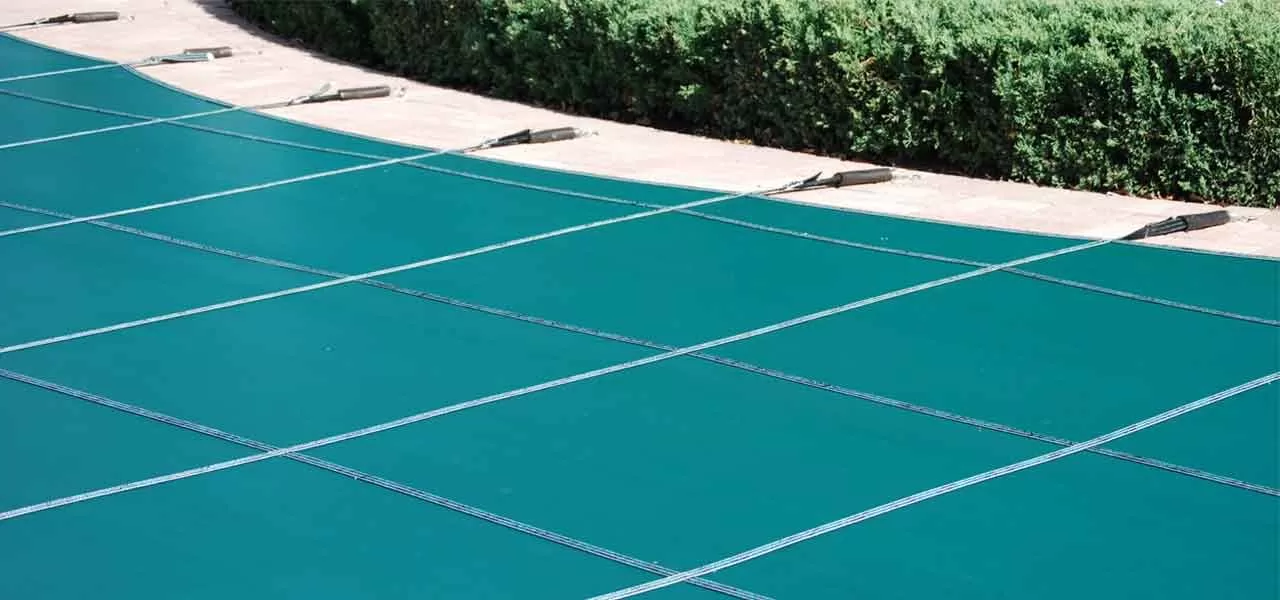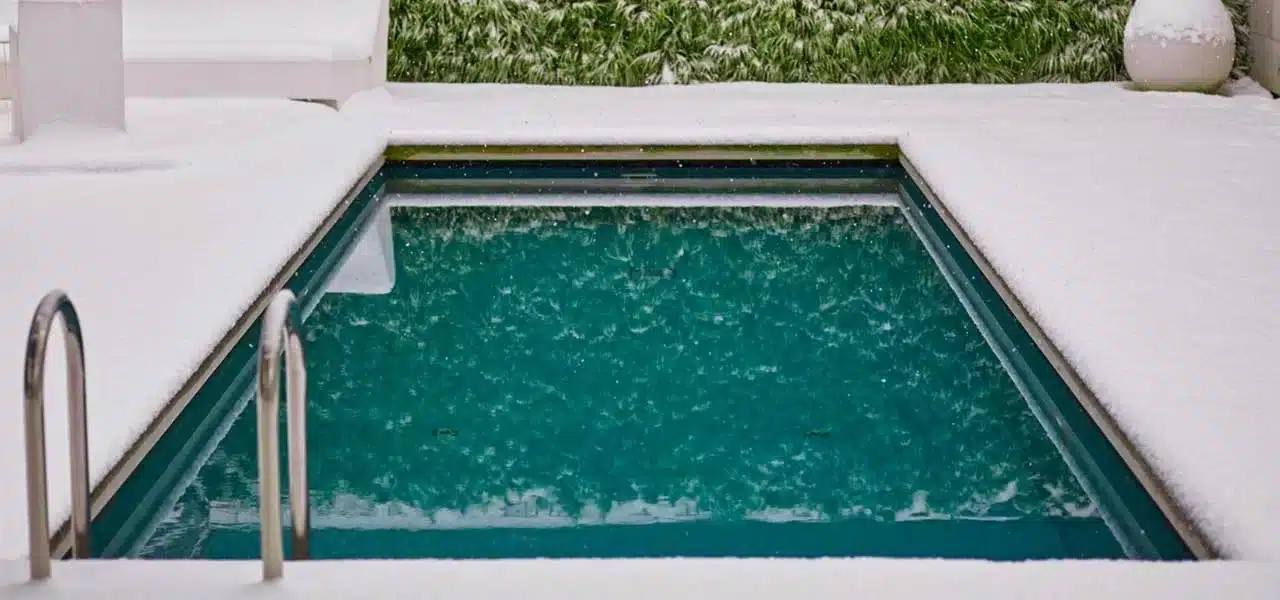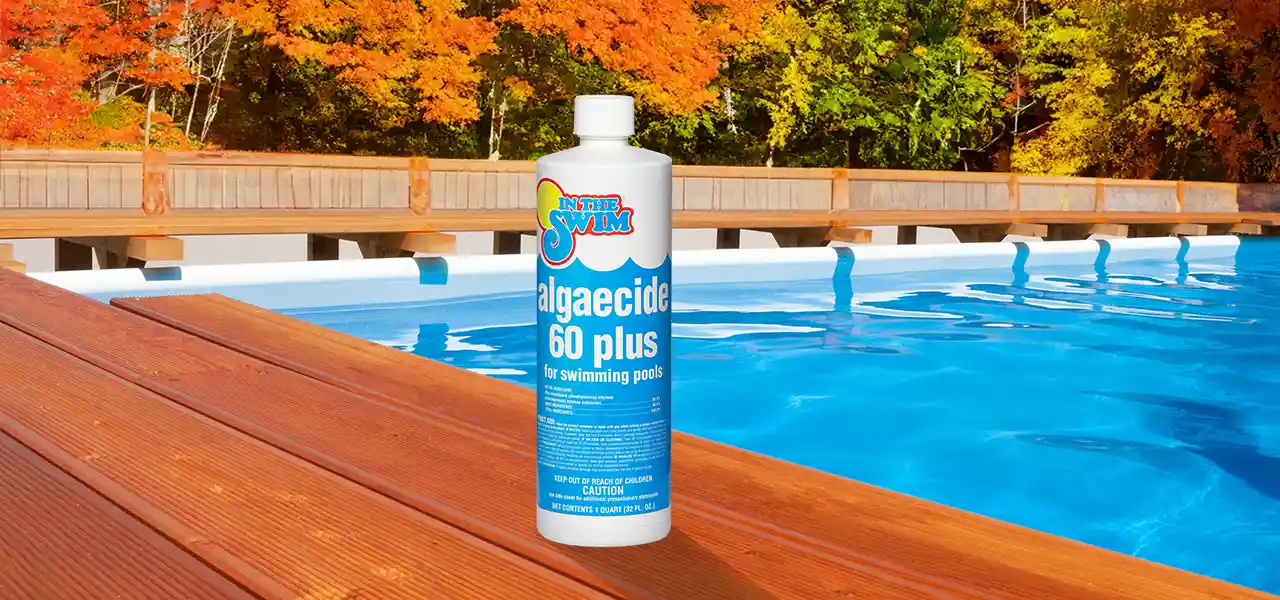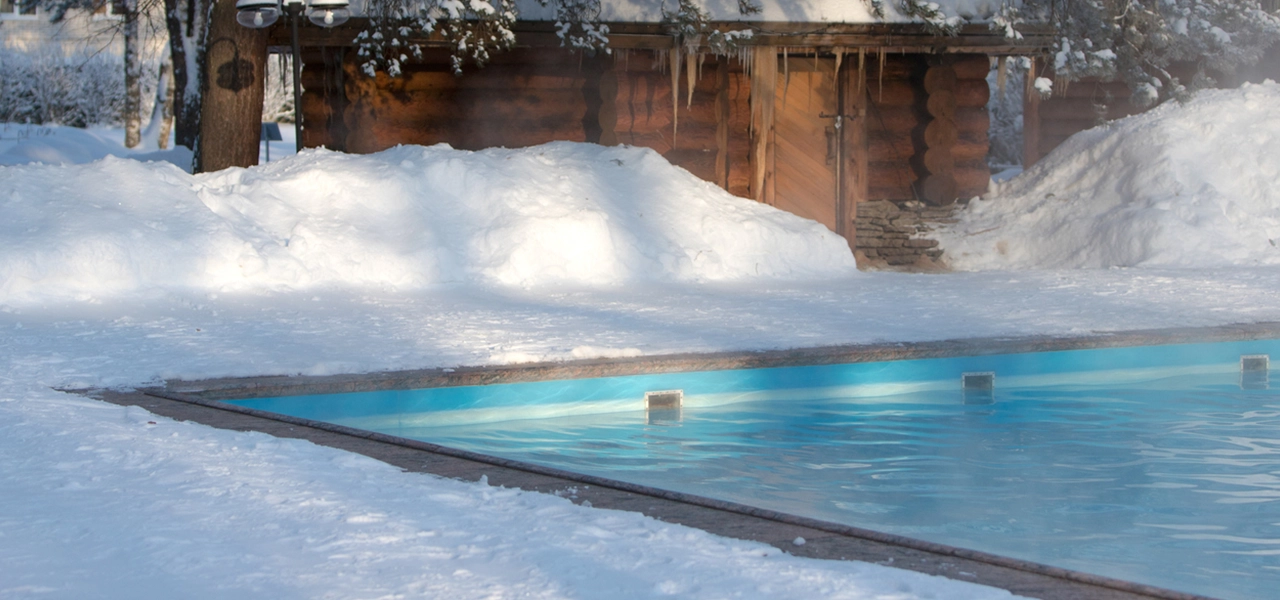As winter approaches and the temperature drops, pool owners in sunbelt regions face the challenge of managing their pools during the off-season. Despite being in the sunbelt, these areas often experience cold winters, prompting the question of whether it’s necessary to winterize your pool. Whether you’re looking for a simplified approach or a more comprehensive strategy, we provide valuable advice to keep your pool in optimal condition during the colder seasons.
Benefits of Winterizing a Sunbelt Pool
- No electrical or heating costs
- Extended equipment lifespan
- Protects against freeze damage
- Take a break from pool cleaning
Ways to Winterize a Sunbelt Pool
- Cover and Continue
- Partial Winterization
- Full Winterization
Depending on how cold your winter weather is where you live, the simplest way is to simply cover the pool and continue with a small amount of daily filtering and chemicals, and full operation during cold snaps, or freezing temps.
With some higher level of difficulty, I offer two more ways to winterize a southern pool, a partial winterization or a full winterization.
Cover and Continue
The first way to winterize a sunbelt pool is to cover it with a good winter pool cover, and reduce the operating hours to just a few hours daily, except during periods of frost or freezing.
With a tight fitting cover, your pool stays clean and sunlight is blocked, so very little sanitizer or algaecide is needed to keep the water fresh.
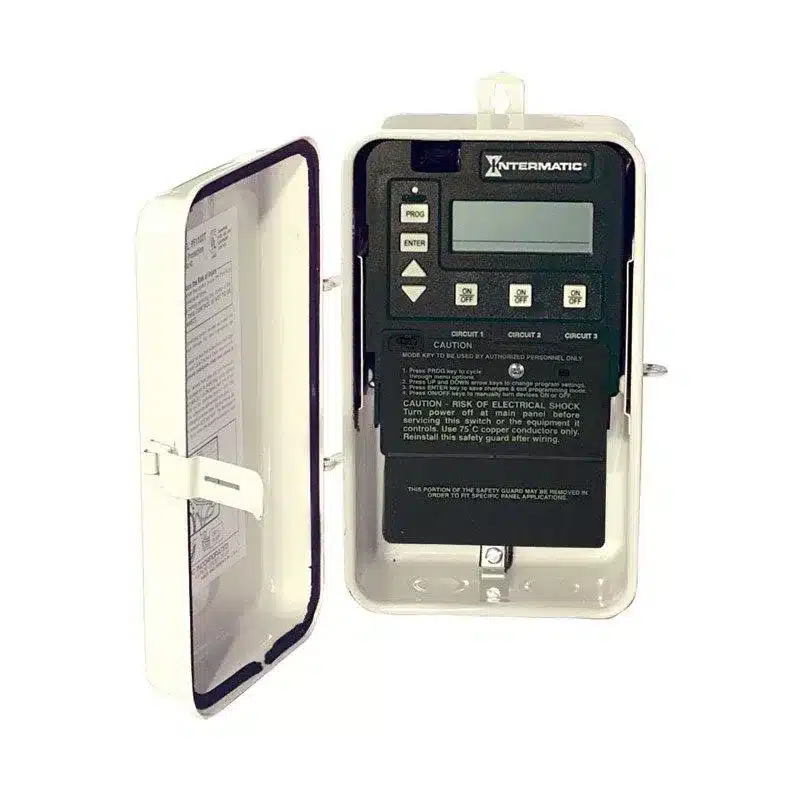
A mesh safety pool cover is the easiest, safest and best looking winter pool cover. Mesh allows rain and snow melt to pass through, no cover pump needed, just lower the pool water level as needed with the pool filter pump.
Freeze sensors can be installed with an Intermatic digital timeclock, or pool system controllers, to turn the pump on if temperatures reach a set point. Read more about pool freeze protection.
Partial Winterization
Test and balance your pool water, and shock the pool a few days before closing. Then add a winter chemical kit, following kit instructions.
Backwash your pool filter, and continue to lower the water level 6-12 inches below the skimmer opening, pumping from the main drain only. You can also use a submersible pump.

Cover the pool tightly; use a small pool cover pump to remove standing water from solid covers, or to keep the pool water level below the tile for mesh safety covers.
Drain the pump, filter, heater and any aboveground pipes. Remove chlorine from chlorinators. Add a gallon of pool antifreeze to the skimmer line and plug it. Read more about pool skimmer winterization.
Full Winterization
Clean the pool and test and balance the water, shock the pool and then add a pool closing kit, as described above.

Backwash the pool water level down 6-12″ below the skimmer, 6″ for solid covers, or 12″ for mesh covers. Close the skimmer valves to continue pumping below the skimmer opening via the main drain. Cartridge filters may need to use a submersible pump to lower the pool level.
Remove the drain plugs on pump, filter, heater and place into a clean pump basket. Remove Diatomaceous Earth (D.E.) grids or cartridges for cleaning, then replace into the tank. Shut off the power at the breaker and timeclock.
Blow out the lines. Connect a blower to the skimmer, or use a small compressor at the pump, and blow air through the pump, filter and heater, and back through the pool returns. Plug the returns and skimmers tightly. More about blowing pool pipes.
No matter what pool closing method you use, cover the pool tightly to keep the pool clean and block out sunlight. Use a cover pump to remove rain water and snow melt, keeping the water level below the skimmer. More about winter pool covers.

